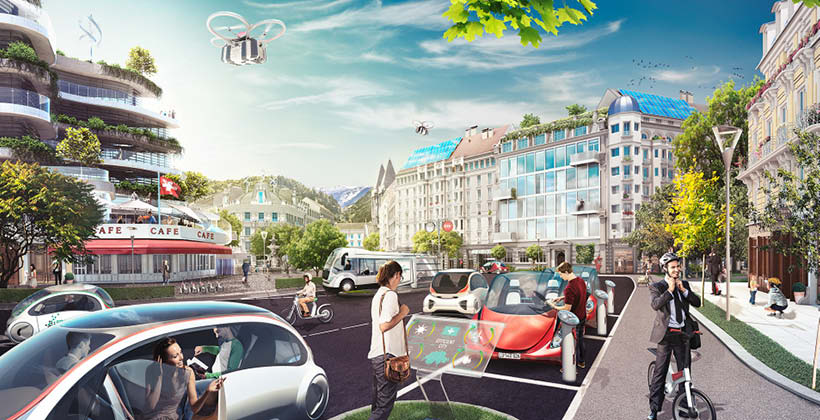2021 Top Smart City trends
Smart city is not just a term for metropolitan areas that have implemented effective and ergonomic ways of distributing resources. It is a movement that is creating citizen-centred ecosystems that improve quality of life and stimulate economic activity by facilitating cashless transactions through contactless technologies.
In 2020, Smart city developments were greatly influenced by the Covid-19 pandemic as social distancing demanded more contactless interactions when accessing public services or making transactions.. Public safety was the major issue and has accelerated improvements in infrastructure, extension of partnership networks and digitising of priority environments such as public transport.
For the year 2021 and forward, the fundamental technologies will still be a part of this transformation. Meanwhile, the latest trends and technologies like artificial intelligence, data analytics and 5G will take the centre stage of this transformation journey.
What is coming?
Public safety through contactless technologies
Public safety will continue to be the number one priority while the pandemic continues. Therefore contactless technologies and the cashless agenda will
continue to be in focus with digitisation of public transport ticketing services through the use of bank cards, closed-loop cards, QR codes, and NFC wearable technologies.
According to a recent report, the contactless payments market will be worth almost $20 billion by 2026, with customer preference for mobile and contactless payment solutions increasing across all channels mainly in transportation.
5G popularisation
5G wireless technology was first rolled out in 2019, but global has been slowed by technological lag in emerging countries and the perception that 4G is still working well.
According to Statista, there will be approximately 1.9 billion subscriptions for 5G network by 2024. For public transport this means a signal could be delivered faster between two machines communicating on passenger load or distance between each other on the route, or between transport and public parking sensors, traffic lights or other RFID equipment, creating a single automated network.
Data gathering and analytics at city or region level
Gathering and analysing consumer data in real time is essential to staying competitive and starting the smart city transformation. Demand for data analysis is steadily rising due to the large amounts of data accumulated by operators and municipalities and the ability to use this analysis to inform business decisions and improve the public environment.
ReportLinker research suggests the global intelligent process automation market will be worth $15.8 billion by 2025.
AI driven cities
Artificial intelligence has been adopted in other spheres of business, for example for fraud prevention. In recent years it has been introduced to public services in areas such as traffic control, automated fare collection, and parking automation.
Great Manchester in the UK introduced AI-controlled traffic lights in 2020 to improve safety and reduce congestion, while Yandex and Waymo are presenting the next generation of AI-driven private cars.
Biometric identification is just one example of AI public transport innovation and access control technology that will continue to develop. On the Shanghai metro, speech and facial recognition technology already makes ticket purchasing fast and contactless. According to PYMNTS, more than 90% of the population have been already enrolled in the national biometric ID system in India.
To Conclude
In 2021, cities should continue to look for the best solutions and practices for smart city transformation, learning from existing implementations where open-loop technologies have linked data into a single ecosystem or supported mobile QR and facial recognition technology, providing additional methods of payments.
The field of development is vast and doesn’t end with public transport or contactless merchant payments. The technology can be implemented in other areas such as education, entertainment or the sharing economy to create a contactless, safe, accessible environment.


